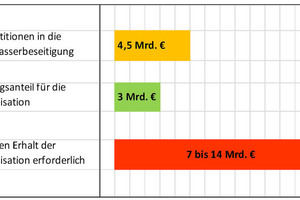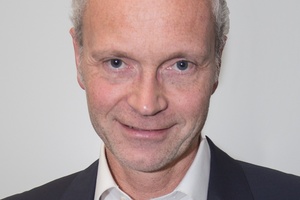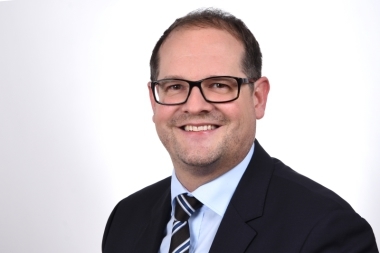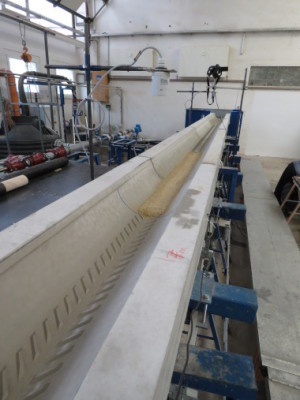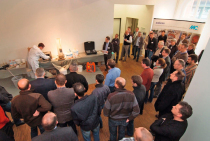Greater investments in our drainage systems
Dealing with and maintaining the infrastructure in a sustainable manner eventually is an intergenerational task, which the public sector only inadequately fulfils owing to several reasons – as revealed by numerous studies, for example, carried out by the Difu (German Institute of Urban Affairs), the German Association of Towns and Municipalities, or the KfW German Development Bank. This, in particular, affects the drainage systems being an essential element of infrastructure so that their sustainability in ecological, economic and social aspects is at risk at present. Effective sewer systems play a crucial role in our cities’ sanitation which is a matter of course for us today: the systematic construction of sewerage systems could keep epidemics like typhus and cholera at bay, hence, they are virtually unknown today. Tight wastewater treatment plants protect our groundwater against contaminations by the exfiltration of sewage pollutants, such as chemicals, medical residues, and ensure that infiltration water is avoided. In addition to that, an efficient draining and/or the retention of precipitation water is required for the prevention of flooding, a risk that will become more important in the future, in view of the climate change. Not least the draining systems must be regarded as “asset”, that is to say as the property of the municipalities. These systems represent a replacement value amounting to approx. 630 billion euros, thus being the municipalities’ biggest asset position. Given the asset value, their maintenance is an intergenerational social task and duty, because they are essential for an environment worth living in and secure jobs.
Maintenance planning
A systematic and regular inspection as well as the evaluation and documentation of data provide the information needed for maintenance purposes. In consideration of the individual aging and the condition of the plant components, the rehabilitation measures are prioritized and realized. For this purpose, the private and public networks are to be regarded as a technical unit and a holistic rehabilitation strategy has to be defined. It is a fact that the required inspection levels have not been reached yet and that municipalities do not make the reinvestment resulting from the imputed depreciation. Instead of investing 7 to 14 billion euros – based on depreciation periods of 100 and 50 years realized, respectively – the investments only amount to about 3 billion euros at present, which means a gradual asset loss.
Quality assurance, modern products and building materials
Rehabilitation and reconstruction have to implement high quality standards. This requires, along with qualified personnel for planning and execution, high-quality products and building materials in order to ensure the extremely long target service lives. The preferred construction methods and construction products as well as rehabilitation procedures have to be intelligently engineered, so as to avoid execution errors. Rugged components made of concrete with optimized properties and manufactured in the highest quality make an important contribution here.
Communication
To maintain an effective drainage infrastructure is associated with costs. The awareness of the necessity for such investments must be created in public. On the one hand, this requires clear and transparent communication on the amounts that have to be spent. On the other hand, corresponding consternation has to be caused within the society, which means that the individual benefit must be brought to mind of those who pay the contributions. Therefore, communication strategies are needed.

